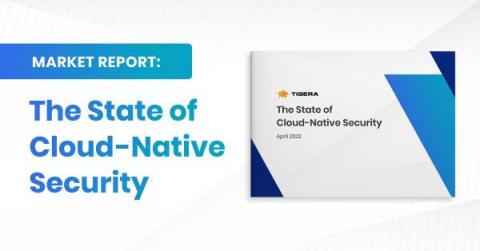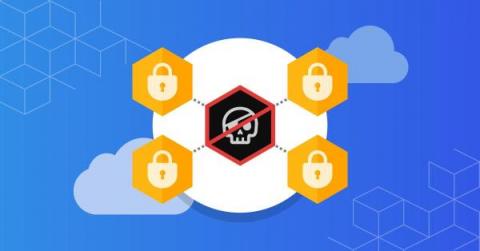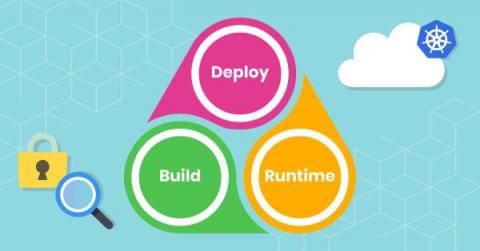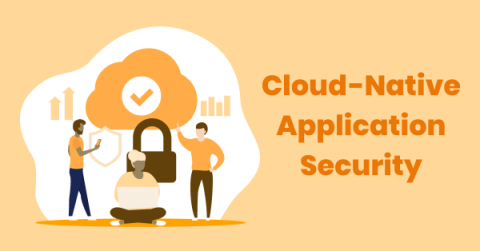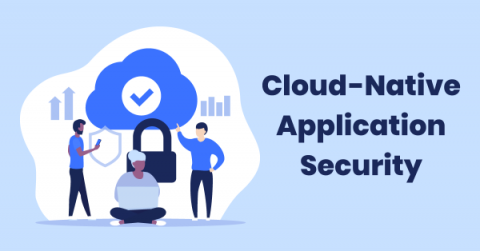Introducing our brand new (and free!) Calico Azure Course
Calico Open Source is an industry standard for container security and networking that offers high-performance cloud-native scalability and supports Kubernetes workloads, non-Kubernetes workloads, and legacy workloads. Created and maintained by Tigera, Calico Open Source offers a wide range of support for your choice of data plane whether it’s Windows, eBPF, Linux, or VPP. We’re excited to announce our new certification course for Azure, Certified Calico Operator: Azure Expert!




